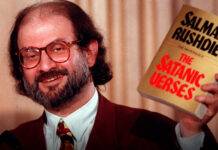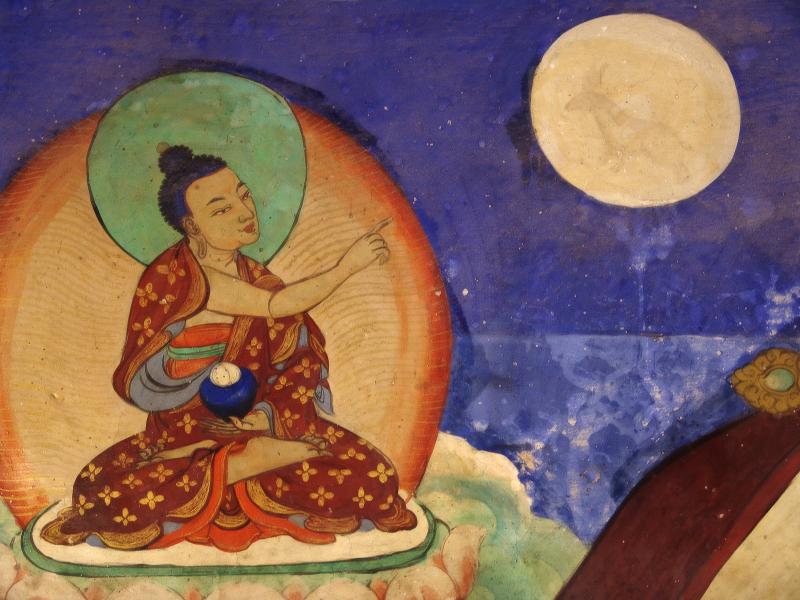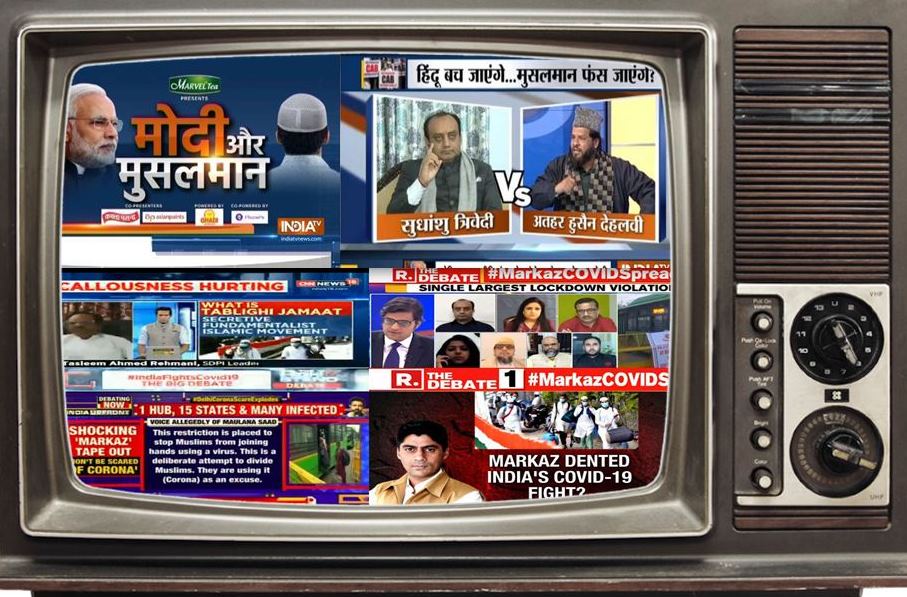The emergence of Doordarshan epitomised technological growth in the country and laid emphasis on television as a tool for social transformation.
Chandreyee Goswami | The New Leam
In India, by the late 20th century there was a historical change in the field of media in the context of Indian television. Television which was launched by the Indian government as a part of their developmental programme in the 1950s perceived it as a mark of modernization, exposing citizens to each other’s culture through satellite television that would foster national integration (Rajagopal, 2009).
The reach and shape of Doordarshan which was a state owned channel was primarily changed with the Asian Games of 1982 whereby the Indian state perceived it as a major public relations event to showcase India’s technological and organizational abilities. However, the major breakthrough occurred after the restructuring of the economy in1991 whereby there was a transformation from analogue television broadcasting to digital broadcasting with the onset of satellite television. This also marked the end of government monopoly over the airwaves in India and entry of a number of privately owned channels. The liberalization process also implied that modernity would then be expressed in terms of consumerism.It enabled the publicly owned doordarshan to have programmers that can really win the hearts of the viewers. Politically , also it represented a rare opportunity to set cultural agenda. It was in this context that the epics like Ramayana and Mahabharata were made and commissioned by the bureaucrat (Rajagopal, 2009).
According to Arvind Rajagopal three factors that influenced the institutional context of the decision to broadcast prime time religion were:1)difficulty in maintaining the private-public division on the scale required in the context of the electronic media,(2)the institutional insulation of broadcasting from the political pressures ,(3)Nehruvian legacy of secularism (Rajagopal, 2009).
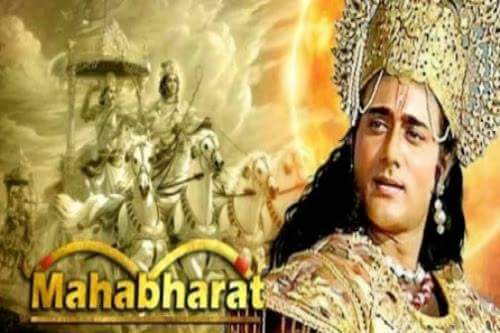
The airing of serialized mythology like Ramayana and Mahabharat marked a distinction from the previous broadcasting because (1!)at a fixed time every week, there would be a program marked by the symbols of a particular community.(2)the broadcast was to a nationwide audience not to a local or regional one.(3) By rendering it to a format meant for a general audience, Hindu programming was now identified as general and not limited to particular festival days ,stations or communities (Rajagopal, 2009).
Moreover, the advent of colour television along with the elements of a consumerist society also economically profited Doordarshan as its viewership increased with a quantum jump from 4 million to 60 million television households(Agarwal,1999). However, the attempt by Doordarshan to invoke a unified Hindu community was politically significant. Romila Thapar shows that how the construction of Hinduism as a unified religion was a colonialist construction by which India was essentialised (Thapar,1989).
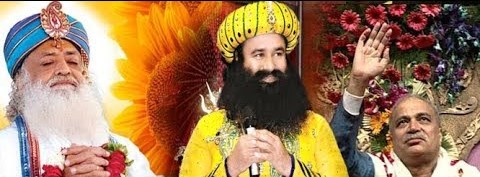
This essentialization of India with regard to Hinduism played a significant role in the nation formation which then reflected in various agendas of the state including media and popular culture. The airing of Ramayana also suggests that the state was not only complicit but actively endorsed the propagation of the hegemonic narrative of the national past. In this regard, serial‘s invocation of Ram rajya reinforced the Hindu nationalist exhortations to construct a pure Hindu national culture. The claiming of Ram Temple in Ayodhya and the subsequent communal tension in 1992 could be understood in the larger context whereby popular media and politics merged and impinge on one another ( Rajagopal,2009).
Thus, the broadcasting of mythological serials in the early 1990s especially Mahabharata and Ramayana laid the foundation for several religious and mythological serials as well as full time private religious channels .The blooming of cultural industry complimented by media simulations marked the difference between two eras of religious broadcasting(Adorno;Horkheimer,2007). The very first difference is the content.
Though the secular approach is what they claim to have but as we have already seen in the case of Doordarshan the subtle ways in which the process of Hinduisation process operates. However, in the case of private channels this subtlety is absolutely eroded because now what matters the most is to gain highest viewership and hence earn profit. If earlier the logic of the state was to sought a unified Indian culture with Hinduism as the centripetal force, now the logic of the market is to accumulate capital through mass production whereby religion and spirituality are just seen as any other product that can be packaged ,commoditized and thus use for commercial utility. In this process even the difference between religion and spirituality has become blurred.
The coming up of religious channels like Zee Jagaran, Aastha, and many more is self-evident of the fact that now the subtlety is no longer played while broadcasting any religious content. These channels are increasingly gaining popularity mostly among the urban dwellers and not only among the older generation but also significantly among the youths. This may be attributed to the extreme conditions of urban corporate life whereby generally there are high risks of developing mental health issues such as stress and depression .But what is important here to look at how these channels have cater to the consumer needs and hugely profited from them. For instance ,initially programmes like satsang, pravachans or talks on morality and religious text were the mainstay of these channels. However, now with more competition and growing interest of the youth population, these channels have reinvented themselves. Channels like Zee Jagaran telecast movies,astro shows cookery shows(only vegetarian food).Moreover, Sadhana launched an Indian Idol like bhajan and patriotic singing contest with a prize rupees of five lakh and a contract with T-Series. Most channels have also added shows on other religions like Christianity and Islam to get a wider audience . Thus , there has been proliferation of a number of all kinds of religious channels and along with that the regular advertisers have also doubled ,advertising products of all kinds ranging from security service firms to jewellery brands, airlines etc. Although there is still a huge difference both in terms of polularity and remuneration gained from advertisements when compared to other entertainment channels but the consistent and sharp growth of the religious channels and popularity of religious based programmes cannot be negated (Shukre).

This becomes evident in the grand celebration of different festivals in daily soaps which is another area where the religious aspect is vividly represented. In these family based dramas which are generally Hindu upper caste-class urban families, many Indian festivals, more often the Hindu festivals are celebrated in such a fashion that reflects a homogenized and standardised celebration and as a pan Indian phenomena. Another genre where religious and mythological depiction is being used is the Indian cartoons such as Chota Bheem and Sri Krishna. It has the most explicit impact on the children who constitute the majority of the viewers. In Indian context, animation is intensely connected with Indian mythology as there has been indispensable history of storytelling particularly of great kings, gods epics. Hence, when the animation industry wanted to tell stories to the children, the characters from these epics were unavoidable. However, what is interesting is the reinvention of these characters as superheroes such as Chotta bheem, Hanuman, Ganesha etc. Moreover, in these cartoons the portrayal of the mythological characters and the storyline is quite contrary to their actual nature. To rise in the popularity rankings ,the producers of these shows bring in the most watched and liked characters together with a storyline which is filled with thriller, attractive stunts and virtues like valour thereby highlighting the muscle power over the mind power (Saranya & Balasubramanium, 2016).
Therefore,the interpalay between religion,television and poplularilty is quite evident from the fact that how ach of them impact the other. Starting from the religious broadcasting of the epics in the early 90s to the present day television industry ,the use of religious fervour underlined the similarity despite different motives with regard to question of ownership.What is more startling is the concoction of elements of cultural industry and the political environment and here the current state of political affairs might serve as an interesting area to further the study.


